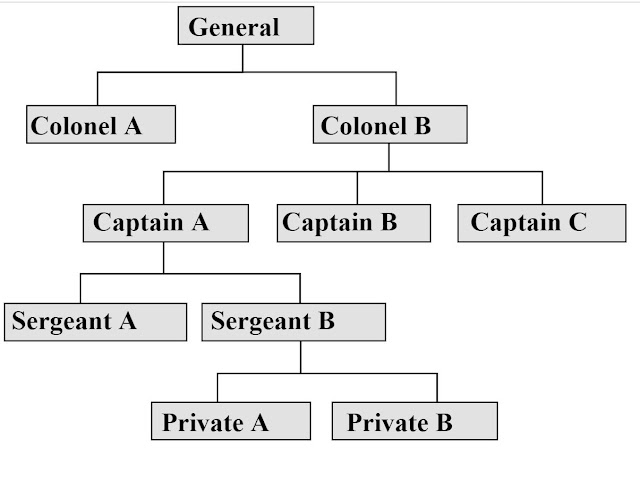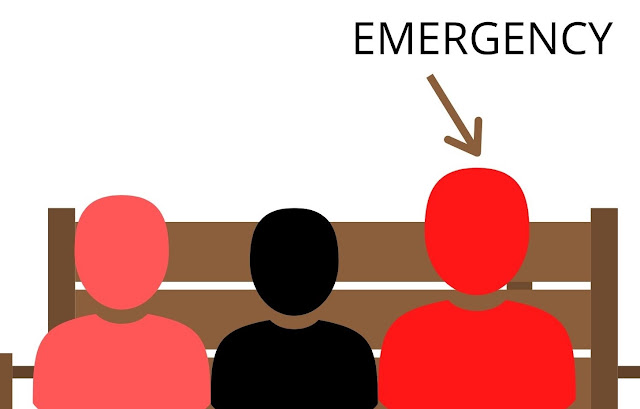Getting into Women Who Code Delhi Mentorship

I was thrilled to get an email for onboarding for Women Who Code Delhi's Mentorship Program 3.0 as a mentee. Having attended the orientation session, I knew that this program will help me to develop myself. WEEK-1 My mentor Isha Gupta gave us a kind introduction. She listened to all her mentees expectations to know their current progress, future aspirations and expectations from the program. I wanted to learn about the interview process and technical placement preparation. So she guided me on how to start practising sums on Data Structures and Algorithms on Leetcode. She told me how to solve problems and mindset to have while performing on coding platforms. Afterwards, I got started with Leetcode. Overall, my week 1 at mentee of this program helped me to get familiar with my Mentor. Along with that, I got insights about technical interview preparation strategies. Looking forward to the rest of the program.





